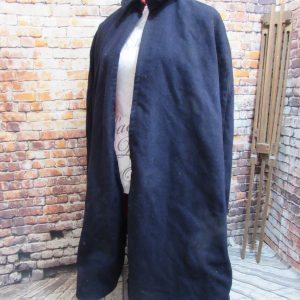-
 Wartime Nurse cape
×
£75.001 × £75.00
Wartime Nurse cape
×
£75.001 × £75.00
£320.00
WW2 German Messerschmitt Bf 109 G canopy Section RELIC Condition
Relic condition Steel section of rear canopy from a German Messerschmitt 109 G , this is the rear extra wide angled canopy section for the instructors view.
WW2 German Messerschmitt Bf 109 G canopy Section RELIC Condition
Relic condition Steel section of rear canopy from a German Messerschmitt 109 G , this is the rear extra wide angled canopy section from a two seater for the instructors view.
Messerschmitt Bf 109
The Bf 109 was a German monoplane fighter aircraft designed and first built by Bayerische Flugzeugwerke (BFW). Alongside the Focke-Wulf Fw 190, it formed the backbone of the Luftwaffe’s fighter force during World War II. Although its official designation was Bf 109, it was commonly referred to as the Me 109.
The aircraft was designed in the early to mid-1930s by Willy Messerschmitt and Robert Lusser, both working at BFW. Originally built as an interceptor. Later versions of the Bf 109 were adapted for many roles, including bomber escort, fighter-bomber, day and night fighting. Also ground attack, and aerial reconnaissance.
At the time it first appeared, the Bf 109 was one of the most advanced fighter planes in the world. It featured an all-metal monocoque body, a closed cockpit, retractable landing gear, and a liquid-cooled, inverted V12 engine. The aircraft’s first flight was on May 29, 1935, and it entered operational service in 1937, seeing its first combat during the Spanish Civil War.
Throughout World War II, the Bf 109 was supplied to multiple countries and saw action on nearly every front in the western hemisphere. It remained in service until the war ended in 1945, and even after the war, several nations continued to operate it.
With a total of 34,248 aircraft produced between 1936 and April 1945, the Bf 109 holds the record as the most produced fighter aircraft in history.